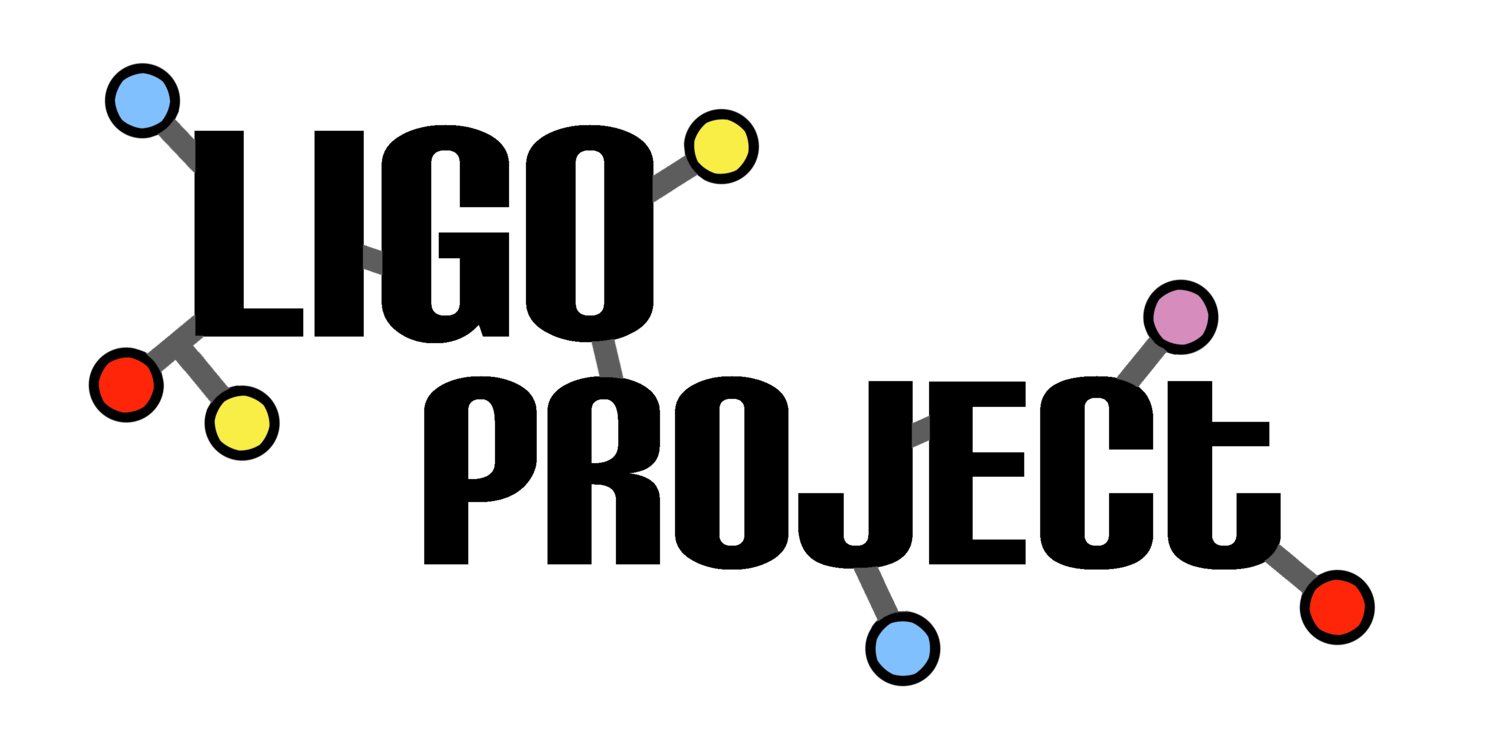Using colors as filters to learn about a cell
/Featuring
- Ana Banito (Memorial Sloan Kettering Cancer Center Biology & Genetics Program)
- Rachael Wren (Paint)
Overview
Dr. Banito is interested in the molecular switches that play a role at the intersection of cancer, aging, and cellular senescence. Senescence is a cell cycle arrest program that limits proliferation of damaged cells and is triggered in response to diverse signals such as cell stress often observed in premalignant (pre-cancerous)-lesions and in aged tissues. Senescence is important in restricting tumorigenesis (tumor growth) & in chemotherapy responses. Exosomes (small sacs carrying chemical derived signals) function to mediate inter-cellular communication & have been show to be important in the senescence response, but it is unclear their precise role in cancer, aging, & senescence. Banito’s work aims to explore the role of exosomes and how secreted factors may influence tissue environment & potentially contribute to cancer and aging. Characterizing exosomes secreted by senescent cells will help identify molecules that could mediate senescence-secreted exosome biological activity, understand how this is regulated, and could ultimately lead to improved diagnostic signatures for cancer and other diseases as well as tools to study or treat disease.
This body of work grew out of the time Wren spent in Dr. Ana Banito’s lab looking at cancer cells through a microscope. "I was especially interested in the way that scientists use a different color stain or filter to look at different components of the same cell. The idea that color can reveal distinct aspects of a single item inspired this grouping of nine paintings."
Wren used three different underlying structures and approached each one in three different ways depending on its color – red, green, and blue, the colors she observed in the slides in the lab. Wren built up the paintings by layering many small brush marks, which echo the fundamental particles that compose all living matter.
Bios
Rachael Wren
Paint
Rachael Wren received a BA from the University of Pennsylvania and an MFA from the University of Washington. Her work has been exhibited at Jeff Bailey Gallery, Geoffrey Young Gallery, The Painting Center, the Weatherspoon Art Museum, and the Fosdick-Nelson Gallery at Alfred University, among many others. Rachael is the recipient of the Julius Hallgarten Prize from the National Academy Museum and an Aljira Fellowship. She has been awarded residencies at Chashama North, the Saltonstall Foundation, the Byrdcliffe Art Colony, the Vermont Studio Center, the Anderson Center, and the Artist House at St. Mary’s College of Maryland. Rachael’s work uses geometry to structure ephemeral atmospheric and natural phenomena. To reproduce the sensation of dense, particulate space, she works with an accumulation of small, repeated brush marks of subtly shifting color.
Ana Banito
Memorial Sloan Kettering Cancer Center
Biology & Genetics Program
Dr. Banito is interested in the interplay between senescence, cancer, and aging. Cellular senescence is a cell cycle arrest program that limits proliferation of damaged cells and can be triggered in response to diverse forms of cellular stress such as oncogene activation, has been observed in premalignant (pre-cancerous)-lesions and in aged tissues, and was shown to restrict tumorigenesis (tumor growth), modulate chemotherapy responses, and exert a primordial role in wound-healing mechanisms and tissue repair. Besides changes in cell cycle regulators, senescent cells express genes that influence the surrounding tissue microenvironment, and secrete a variety of immune modulators and inflammatory cytokines (chemical mediators of immune cell activity and inflammation), collectively referred to as the senescence-associated secretory phenotype (SASP). Tumor and stromal derived SASPs contribute to a unique form of immune surveillance, leading to the clearance of senescent cells in vivo, and restricting tumor growth and development in some cancers such as in liver tumorigenesis. Therefore senescence has important cell-autonomous (internal or intrinsic from/to the cell) and non cell-autonomous (external from/to the cell) functions. However, SASP components can be either directly secreted as soluble proteins (classical secretion) or transported in specialized vesicles (small liquid/chemical carrying sacs) called exosomes, which function to mediate inter-cellular communication in a short or long distance fashion. Little, however, is known about exosome secretion during senescence responses and its biological consequences in vivo are also unknown.
Bonito’s work, in the Lowe lab, is rooted in the hypothesis that exosome secretion from senescent cells, in early premalignant lesions, or during chemotherapy responses may also have tumor suppressive functions. Her work aims to explore the roles of exosome secretion from senescent cells with an increased emphasis on how this process influences the tissue microenvironment – a transition that necessitates an increased emphasis on in vivo senescence animal models. Additionally, a fundamental interest of Bonita’s work is to quantify and characterize exosomes secreted by senescent cells in order to distinguish a signature with potential diagnostic value and to identify molecules that could mediate senescence-secreted exosome biological activity, understand how this is regulated and, ultimately to create tools to inhibit activity.

